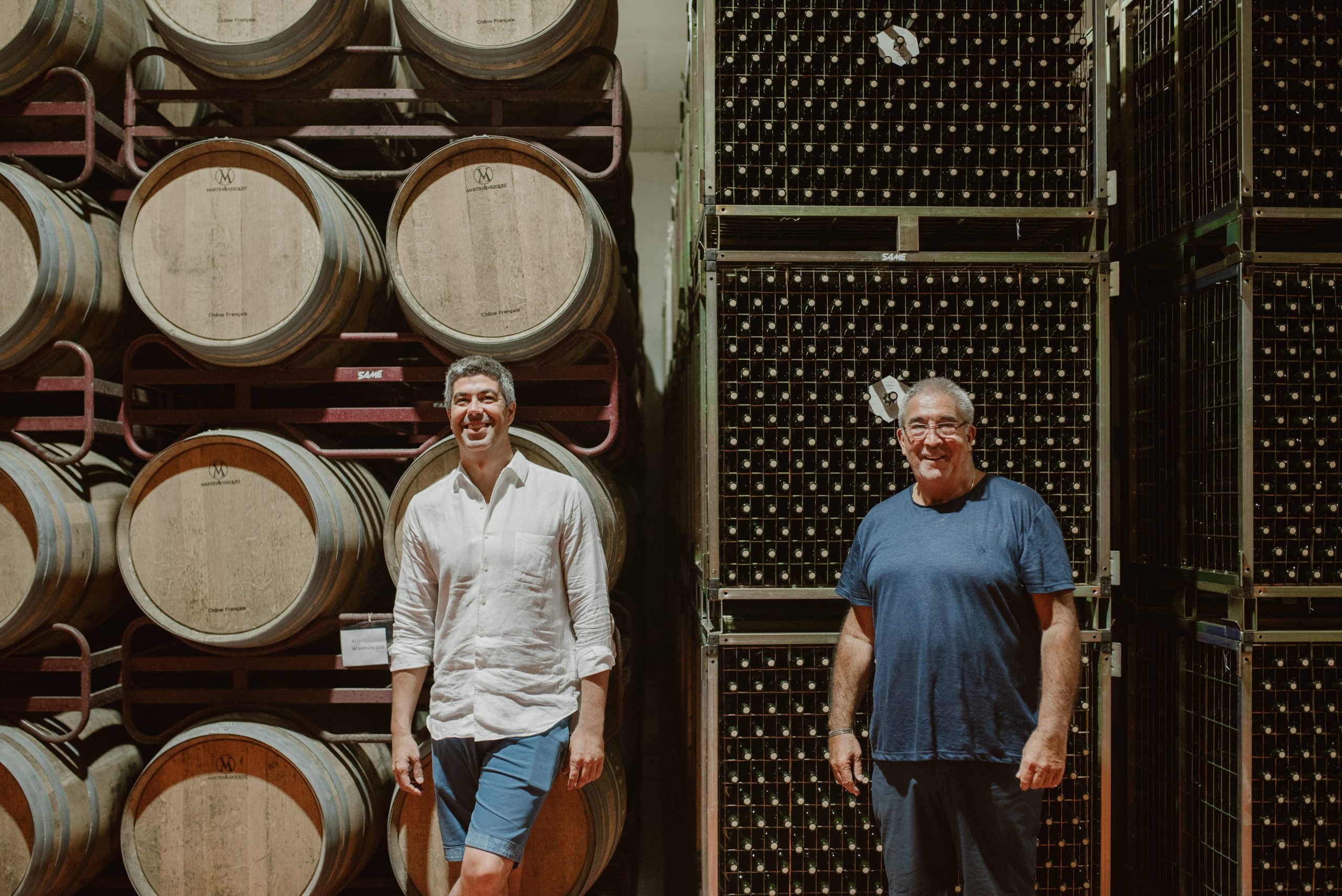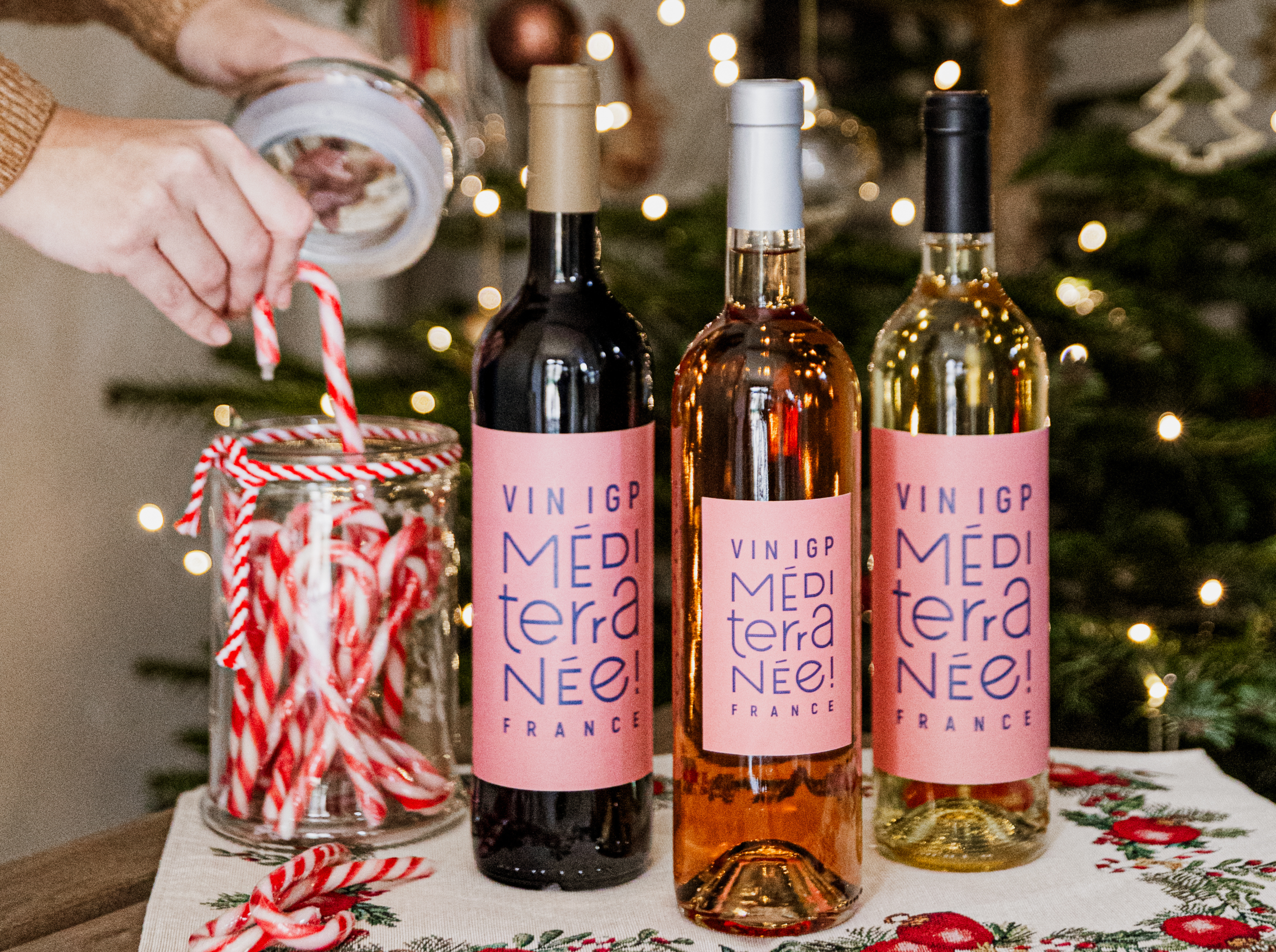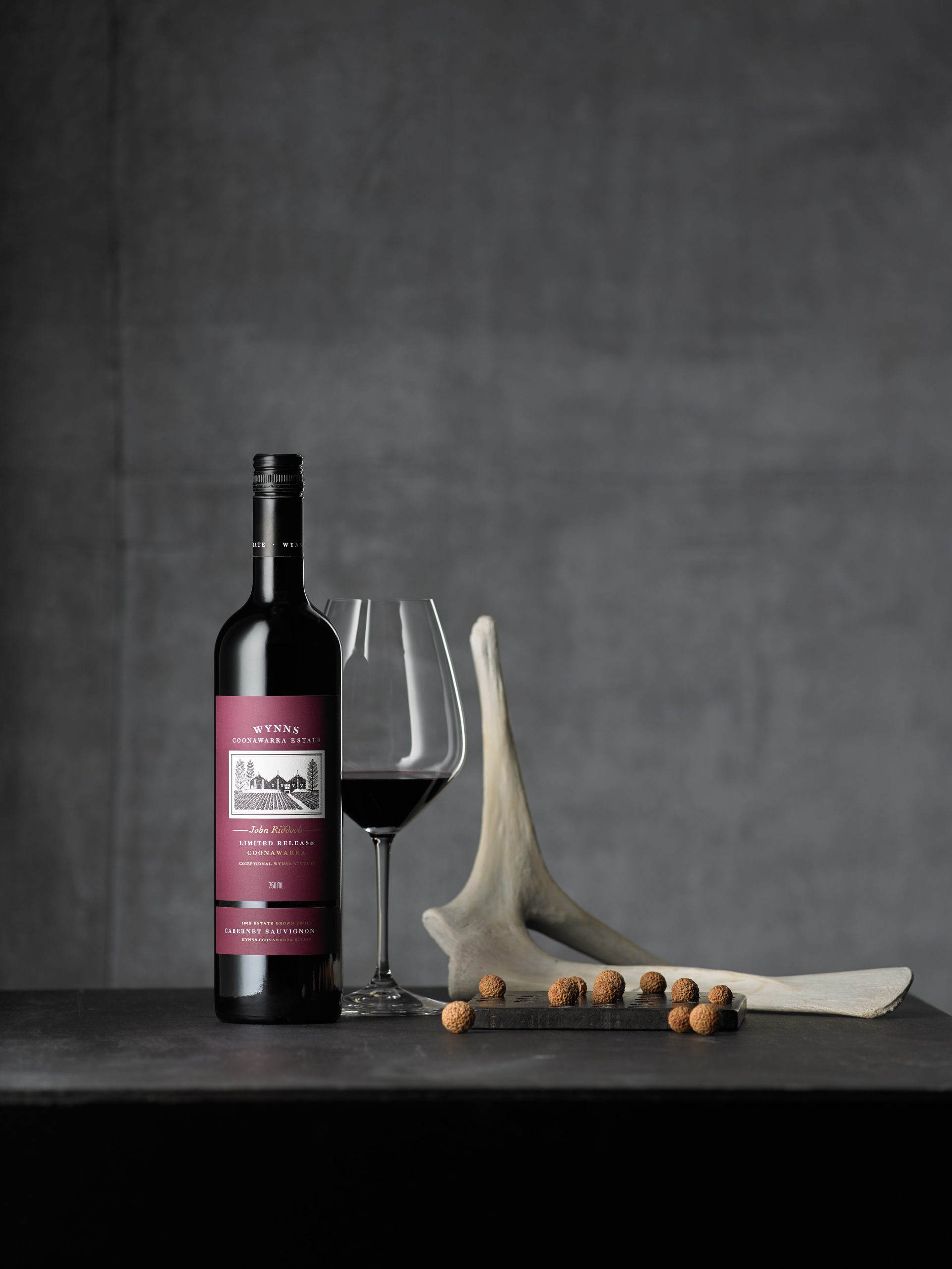Your Shout: Sue Birch / Wine on the wild side
"These soils and microclimates represent a treasure-trove of grape-growing and winemaking possibilities." Sue Birch, CEO Wines of South Africa in this month’s ‘Your Shout’
Our new positioning, Variety is in our Nature, is based on the unique biodiversity of the Cape wine lands and its relationship to terroir, as well as the diversity of our people and the resulting individuality of our wines. It is designed to build a premium image for South African wines, and is supported and reinforced by the conservation drive of the Biodiversity and Wine Initiative.
What makes this proposition so exciting is that it is based on irrefutable facts which are unique to South Africa.
Over 95% of South African wine is produced within the Cape Floral Kingdom, the smallest and richest in the world, containing over 9,600 plant species (fynbos, renosterveld and Karoo succulents) which is more than are found in the whole of the northern hemisphere.
Our soils are between 400 and 500 million years old, deposited after the Pan African event when the African, South American, Indian and Arctic continents collided. In addition we have two oceans encircling our wine lands, generating cooling winds and fogs.
The 9,600 plant species are all adaptations to hugely varied and nutritionally poor soils, and unique microclimates caused by the different aspects, terrain, winds, mists, etc. These soils and microclimates represent a treasure-trove of grape-growing and winemaking possibilities.
Our people have a remarkable ethnic and cultural diversity from KhoiSan, Malaysian, Xhosa, Zulu, German, French, Dutch, and more.
The Biodiversity initiative represents a new orientation and philosophy in our wine industry as producers embrace a philosophy of farming that respects the environment, preserves what is unique in our heritage, and nurtures respect among all the people who work on our farms and in our cellars.
This can be seen in the number of producers who have already signed the WOSA/hannuwa* commitment (more than 500, representing nearly half our hectares under cultivation), the amount of land committed to conservation in the first year
of the programme (18,000 hectares) and the huge interest shown by producers. Their support has been phenomenal, and WOSA believes this will give the programme credibility, and ensure that it becomes entrenched.
Partner Content
Most SA producers have a deep affinity with their lands, and many have been preserving their biodiversity for years without formal recognition of their efforts. Now they can see a marketing benefit and tourism potential and understand how critical their role is. Our Wine and Spirit Board has announced that within three years wines will not be exported without integrated wine production certification, which includes the protection of biodiversity and rules for sustainable farming. After all, we can’t sell biodiversity to the world if we are not taking active steps to safeguard it.
This repositioning is not a quick fix advertising slogan but a long-term positioning. WOSA acknowledges that biodiversity can be a complex message, but we believe it can be adapted and nuanced to different target markets. Wine enthusiasts are interested in the soils and terroir angle of biodiversity, other communities care about the conservation angle, and at mass-consumer level, we believe we are tapping into trends that are becoming powerful motivators for purchasing among well-to-do consumers in the first world.
These consumers are concerned about food scares, allergies, industrial farming, pollution and congestion. They are looking for products that are natural and authentic and are starting to care about where products come from, preferring to buy ethically and sustainably sourced goods. WOSA may be somewhat ahead of the consumer adoption curve in bringing this message to wine marketing, but we would prefer to be innovators. Certainly the hugely positive reaction we have had from the UK multiple buyers suggests that they are confident we are on the right track. In the US, policies on sustainable purchasing are being developed for some of the multiples, and have opened the door for WOSA to start discussions.
In terms of our messaging, biodiversity creates a whole new visual language, breaking the vice-like grip of vineyard visuals, while still communicating authentic provenance, natural bounty and, above all, quality. In its UK ad campaign WOSA is using flowers to talk to a nation of gardeners.
WOSA believes marketing is about stories, and biodiversity has thousands to tell. We will soon be launching an interactive web campaign where all our producers can post their individual stories, and we believe this is a way we will reach millions of nature lovers, and expose them through this medium to the story of our wines.
Also on the drawing table are a coffee table book, specialist tourism projects, and hosts of other ideas simply requiring time and bigger budgets!
WOSA is looking at how best to communicate our message to consumers in different countries. We are conducting market research in Germany, and we have started research in the US. The reception we have had to date from our talks with the media, agents, and buyers has been excellent, and the feedback from the Wine Diversity conference at Cape Wine
has also been exceptionally encouraging.
South Africa has a unique story to tell, and our wines are proof of that. © db June 2006
* hannuwa is a Khoisan word meaning “in harmony with the environmentâ€.




